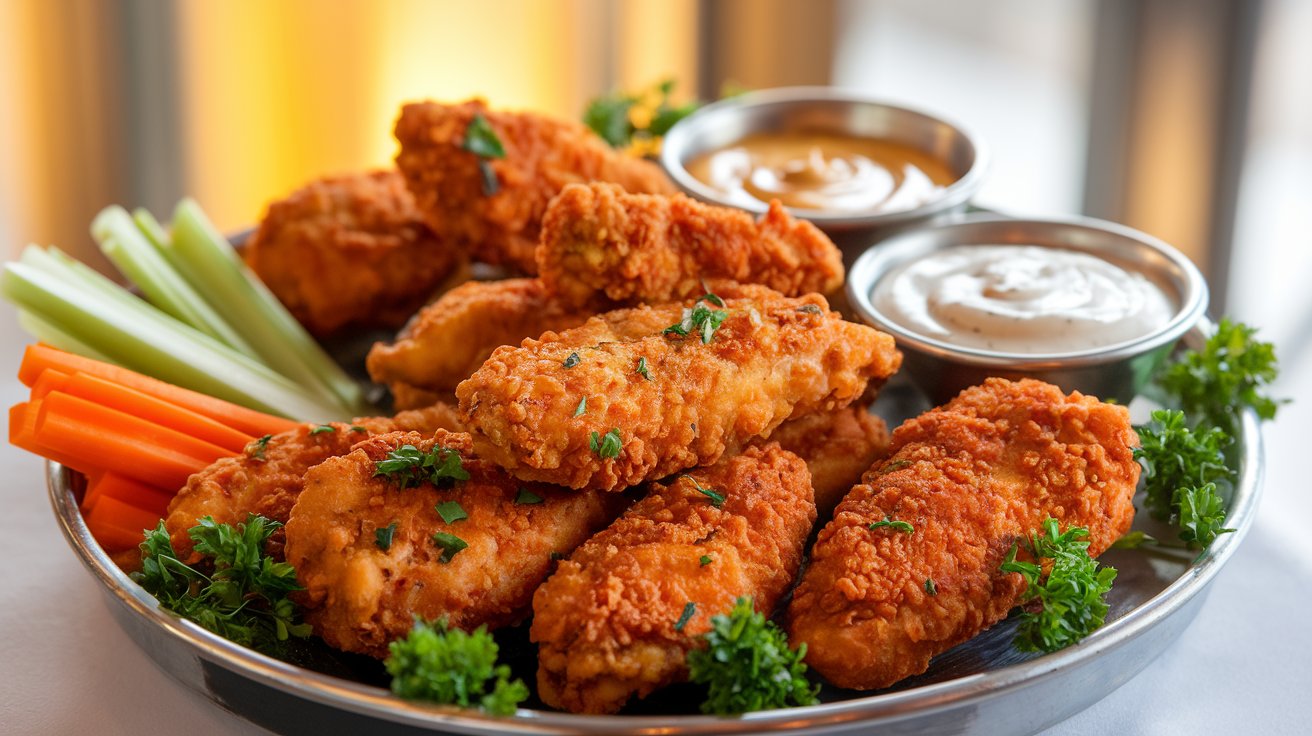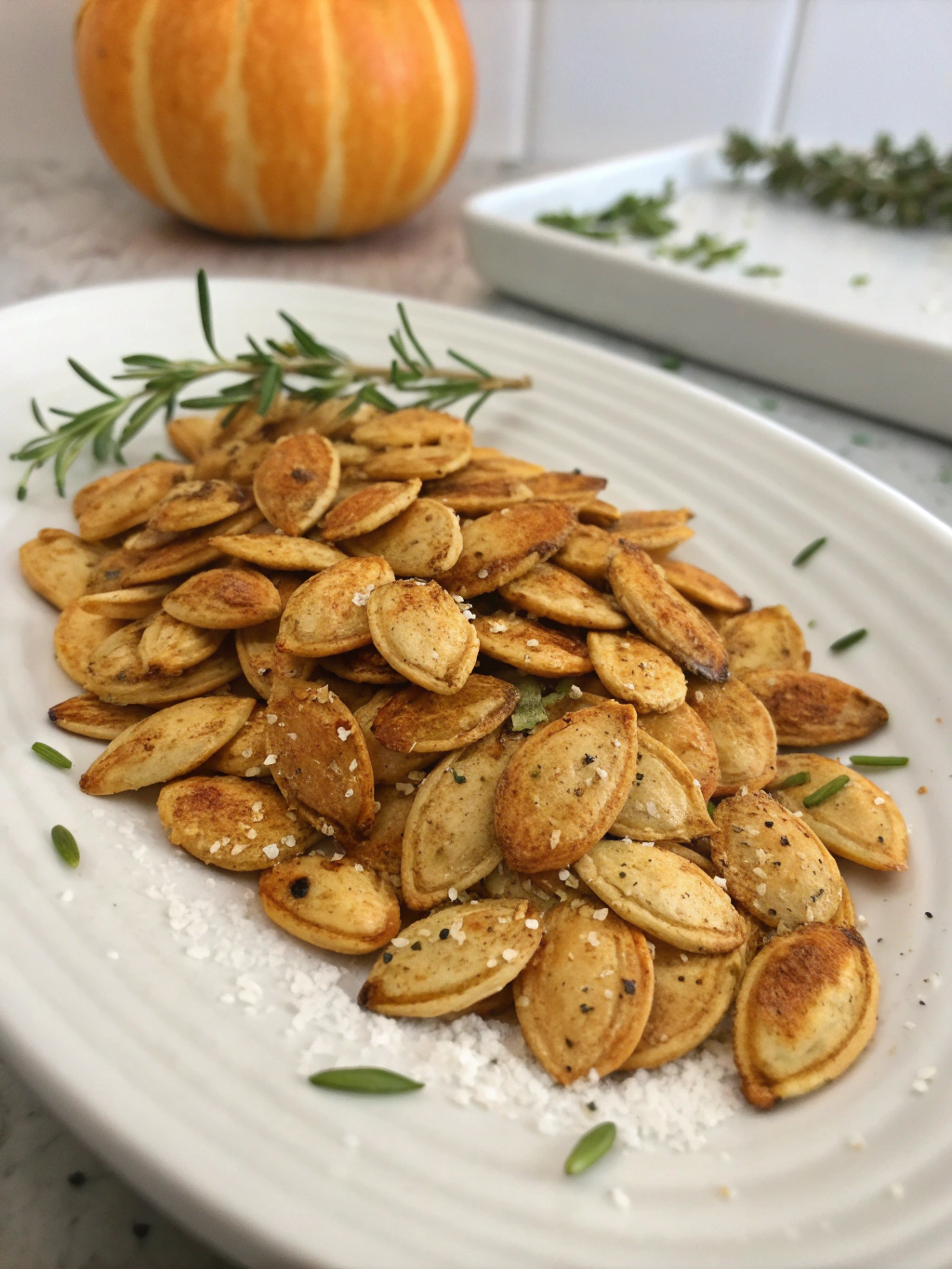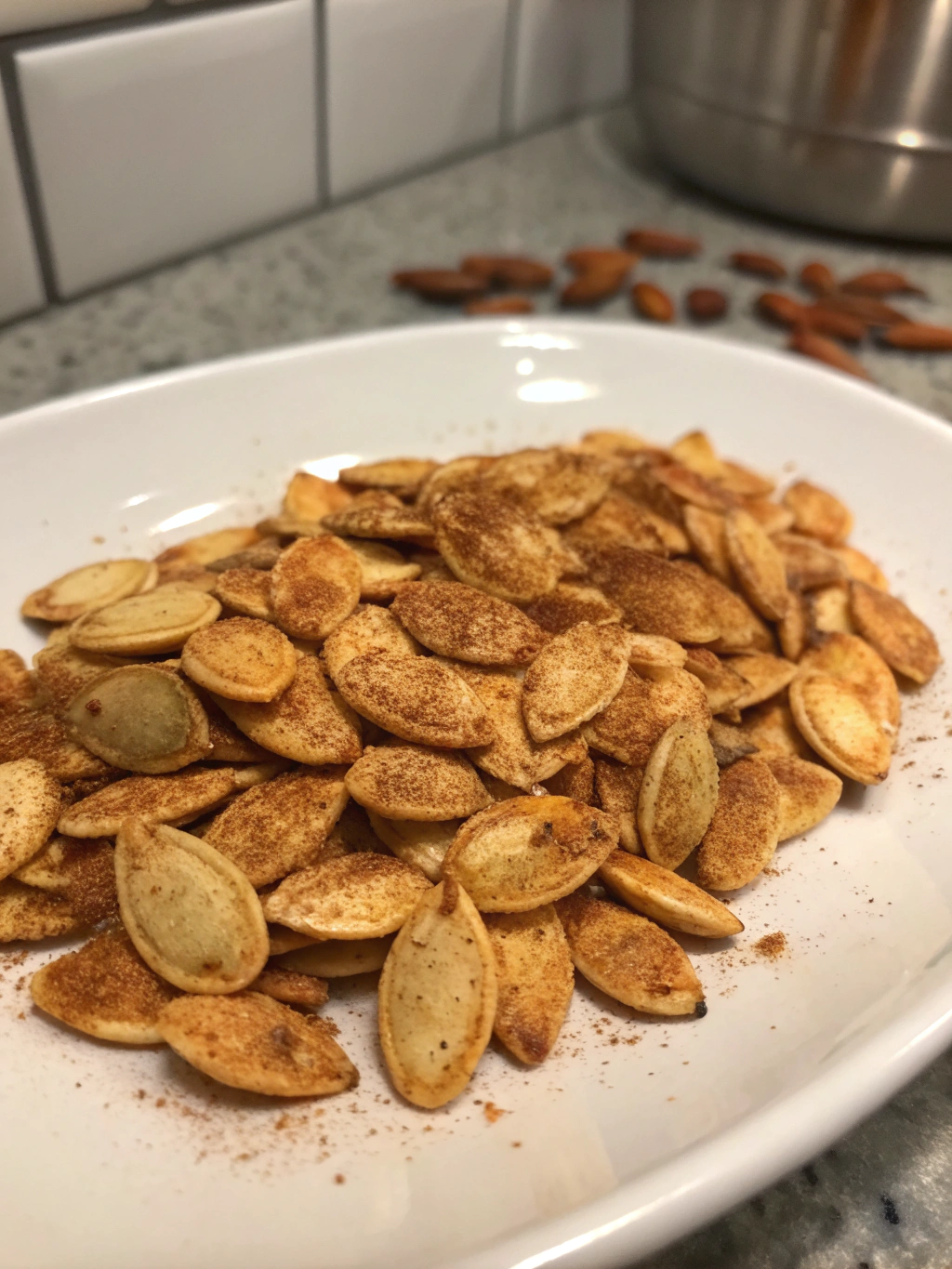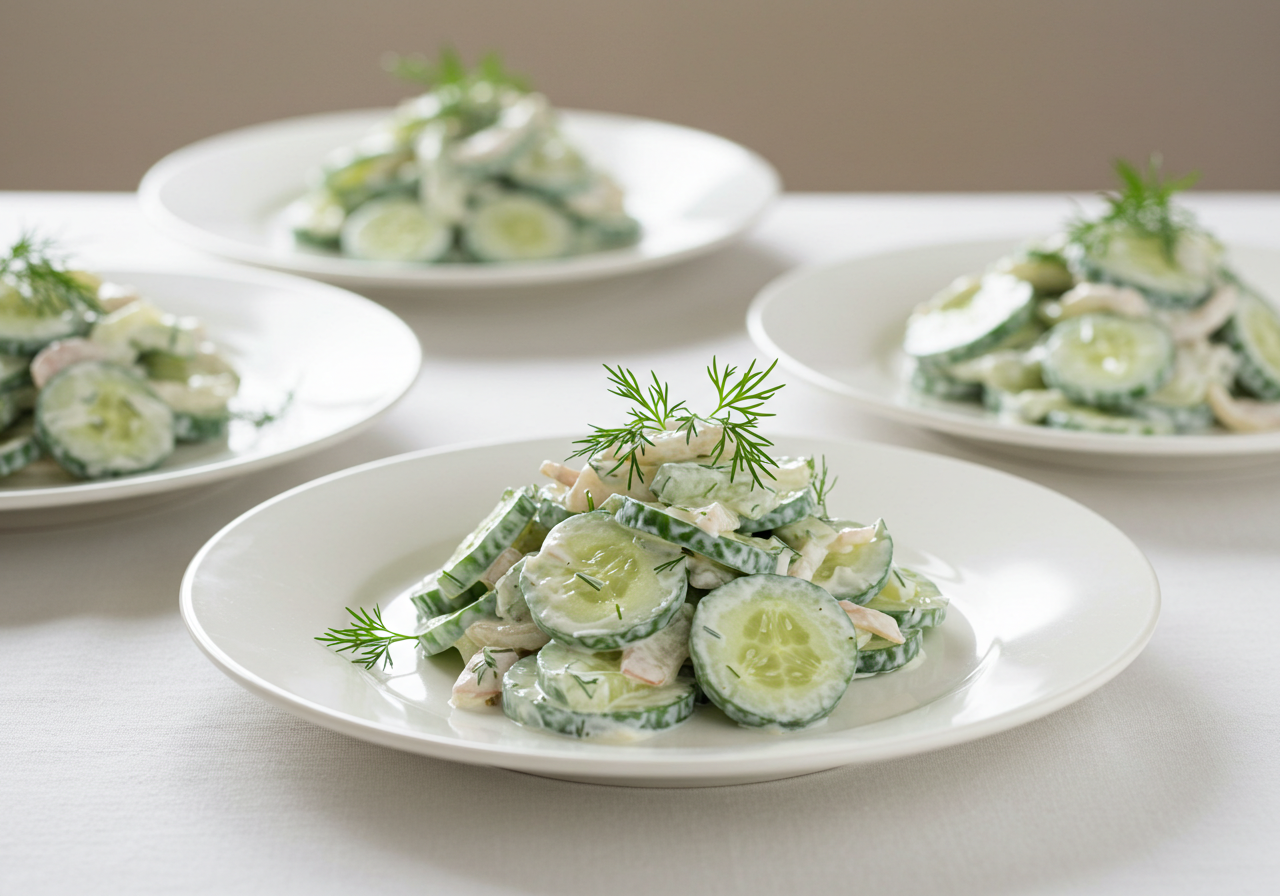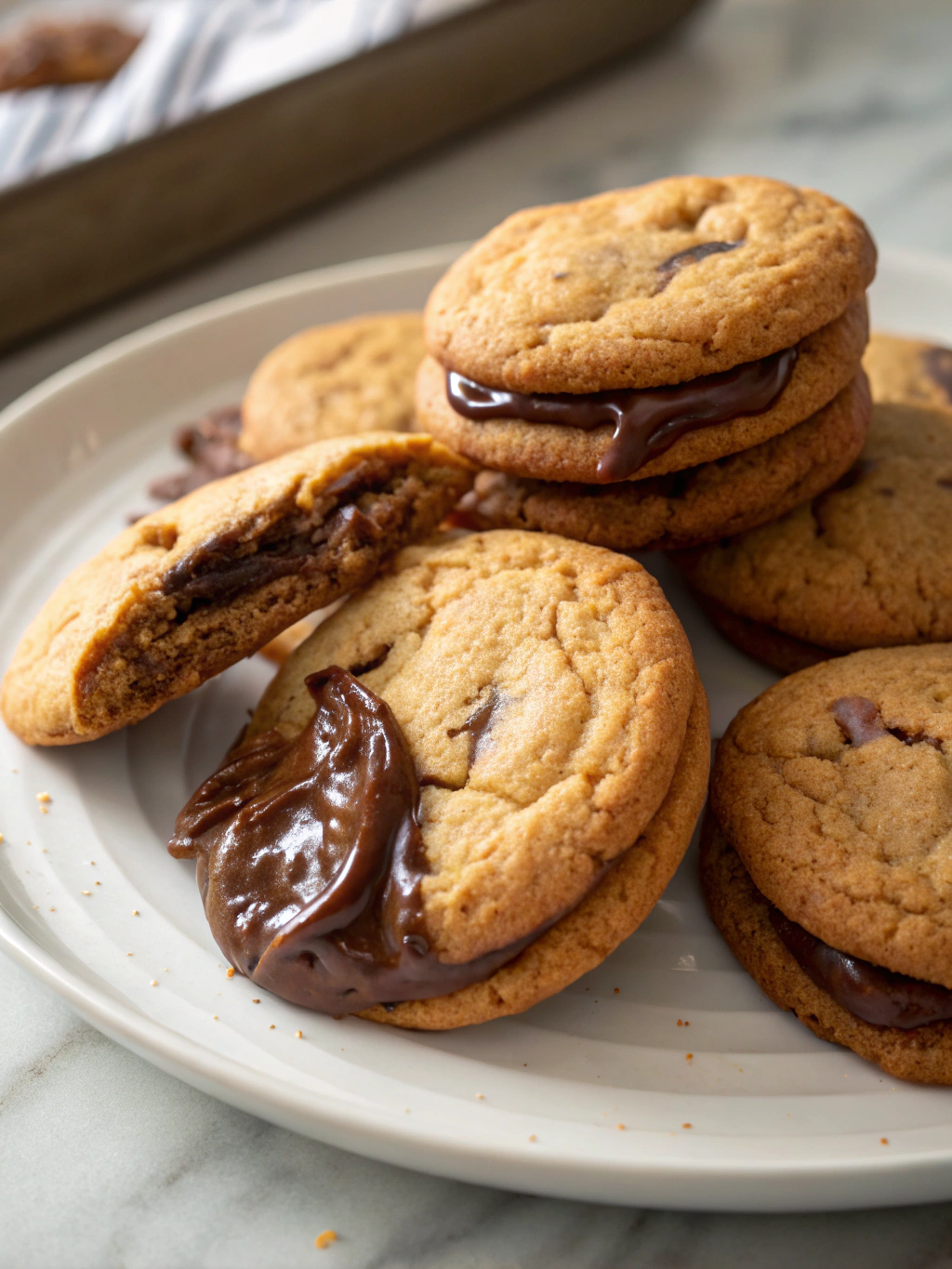Chicken tenders, often referred to as chicken strips, fingers, or fillets, are small, tender pieces of meat attached to the underside of a chicken breast. Known for their delicate texture and versatility, chicken tenders are prized in both home cooking and commercial food preparation.
The tenderloin, from which chicken tenders are cut, is naturally softer and more flavorful than other cuts of chicken, making it a favorite choice for recipes ranging from appetizers to main courses.
Why Are Chicken Tenders Popular in Cooking?
Chicken tenders are a staple in many kitchens due to their ease of preparation and wide appeal. Here’s why they stand out:
- Tender Texture: As the name implies, chicken tenders have a soft, succulent texture that cooks quickly and evenly.
- Versatility: They can be grilled, fried, baked, or sautéed, and they pair well with a variety of seasonings and sauces.
- Nutritional Value: Chicken tenders are a lean source of protein, low in fat, and rich in essential vitamins and minerals like B vitamins and phosphorus.
- Kid-Friendly: Their manageable size and mild flavor make them particularly popular with children.
- Quick Cooking Time: Compared to larger cuts of meat, chicken tenders cook in a fraction of the time, making them ideal for busy weeknights.
Their popularity stems from this combination of taste, health benefits, and convenience, making chicken tenders a reliable choice for both novice and experienced cooks alike.
Understanding Raw Chicken Tenders
What Defines Raw Chicken Tenders?
Raw chicken tenders are the uncooked, natural form of chicken tenderloins, a specific part of the chicken found beneath the breast. They are typically long, thin strips of muscle with a light pink hue when fresh. These tenderloins are attached to the breastbone but are easily separated during processing.
Raw chicken tenders are prized for their tenderness and ease of cooking, making them a versatile choice for a wide range of dishes. Proper handling and storage are essential to maintain their quality and safety.
Difference Between Chicken Breasts and Chicken Tenders
While chicken breasts and chicken tenders both come from the same area of the chicken, there are distinct differences:
- Size and Shape: Chicken breasts are larger, broader cuts of meat, while tenders are smaller, thinner strips.
- Texture: Tenders are more delicate and tender, while breasts can be slightly firmer.
- Cooking Time: Tenders cook faster due to their smaller size and softer texture.
- Usage: Chicken breasts are often used for whole servings like grilled or baked dishes, whereas tenders are popular for breaded, fried, or quick-prep recipes.
Nutritional Value of Raw Chicken Tenders
Raw chicken tenders are a nutritious source of lean protein. Here is their approximate nutritional breakdown per 100 grams:
- Calories: 110-120 kcal
- Protein: 23-25 grams
- Fat: 1-2 grams
- Carbohydrates: 0 grams
- Cholesterol: ~60 milligrams
- Vitamins and Minerals: Rich in B vitamins (especially niacin and B6), selenium, and phosphorus.
Chicken tenders are low in fat and calories, making them a healthy choice for a balanced diet, provided they are prepared with minimal added fats or sugars.
Buying Raw Chicken Tenders
How to Select High-Quality Raw Chicken Tenders
When purchasing raw chicken tenders, look for the following characteristics to ensure freshness and quality:
- Color: The tenders should have a pale pink color without any gray or greenish tints.
- Texture: The surface should feel firm and slightly moist, not slimy or sticky.
- Odor: Fresh chicken should have a neutral or mild scent. Avoid tenders with a sour or unpleasant smell.
Organic vs. Conventionally Raised Chicken
Choosing between organic and conventionally raised chicken often depends on personal preferences, budget, and concerns about farming practices.
- Organic Chicken:
- Raised without antibiotics or hormones.
- Fed organic feed without pesticides or synthetic fertilizers.
- Often perceived as a healthier, more sustainable choice.
- Conventionally Raised Chicken:
- More affordable and widely available.
- May be treated with antibiotics or fed non-organic feed.
- Taste and nutritional value are similar, but concerns about additives exist.
Importance of Checking Expiration Dates and Packaging
- Expiration Dates: Always verify the sell-by or use-by date to ensure freshness. Avoid purchasing chicken tenders close to their expiration.
- Packaging Integrity: Inspect for any leaks, tears, or bloating in vacuum-sealed packs, as these may indicate spoilage. The packaging should be tightly sealed, with no visible discoloration or ice crystals (if frozen).
By choosing high-quality tenders and understanding the distinctions between options, you can ensure a safe and enjoyable cooking experience.
Storing Raw Chicken Tenders
Proper Refrigeration Techniques for Raw Chicken
Refrigerating raw chicken tenders correctly is essential to preserve freshness and prevent bacterial growth:
- Temperature: Store raw chicken tenders in the refrigerator at 40°F (4°C) or below.
- Placement: Place chicken tenders on the bottom shelf or in a designated meat drawer to avoid any drips contaminating other foods.
- Packaging: Keep tenders in their original packaging or transfer them to an airtight container to minimize exposure to air and odors.
- Shelf Life: Consume refrigerated raw chicken tenders within 1-2 days for optimal freshness and safety.
Freezing Raw Chicken Tenders: Step-by-Step Guide
Freezing is an excellent way to extend the shelf life of raw chicken tenders:
- Preparation: Pat tenders dry with a paper towel to remove excess moisture.
- Portioning: Divide tenders into meal-sized portions for convenience.
- Packaging: Wrap each portion tightly in plastic wrap, then place in a freezer-safe bag or airtight container.
- Labeling: Label each package with the date to keep track of storage time.
- Freezer Temperature: Ensure your freezer is set to 0°F (-18°C) or lower.
- Storage Duration: Raw chicken tenders can be frozen for up to 9 months without significant loss of quality.
Signs That Raw Chicken Tenders Have Gone Bad
To avoid foodborne illness, check for these warning signs of spoilage:
- Color: Discoloration, such as gray, yellow, or green patches, indicates spoilage.
- Texture: A slimy, sticky, or tacky surface is a sign of bacterial growth.
- Odor: A sour, rancid, or ammonia-like smell means the chicken is no longer safe to eat.
- Freezer Burn: While not unsafe, white or grayish spots of freezer burn can indicate a loss of quality.
Preparing Raw Chicken Tenders Safely
Best Practices for Handling Raw Chicken
Handling raw chicken with care minimizes the risk of contamination and ensures safe cooking:
- Wash Hands: Always wash hands with soap and water before and after handling raw chicken.
- Keep It Cold: Remove chicken from the fridge only when ready to use.
- Use Clean Surfaces: Work on a clean, sanitized surface and use a separate cutting board for chicken.
Necessary Equipment for Safe Preparation
- Cutting Boards: Designate one specifically for raw meat to prevent cross-contamination.
- Sharp Knife: A sharp knife ensures clean cuts, reducing the risk of shredding meat and leaving residue.
- Thermometer: Use a meat thermometer to confirm that chicken reaches a safe internal temperature of 165°F (74°C).
- Disposable Gloves: Optional but useful for additional hygiene.
Avoiding Cross-Contamination
Cross-contamination is a significant risk when handling raw chicken. Here’s how to prevent it:
- Separate Raw and Cooked Foods: Never place cooked or ready-to-eat food on a surface that held raw chicken.
- Sanitize Surfaces: Clean cutting boards, knives, and countertops with hot, soapy water or a bleach solution immediately after use.
- Storage Precautions: Store raw chicken separately from other items, especially produce, in the refrigerator or freezer.
Following these storage and preparation guidelines ensures your chicken tenders are safe and delicious every time.
Cooking Methods for Chicken Tenders
Grilling Chicken Tenders
Grilling chicken tenders creates a smoky, charred flavor while keeping them juicy.
- Preparation: Marinate tenders for at least 30 minutes to enhance flavor and prevent drying.
- Preheating: Preheat the grill to medium-high heat (375-400°F or 190-200°C).
- Cooking: Place tenders directly on the grill grates or use skewers. Cook for 3-5 minutes per side, flipping once.
- Check Temperature: Ensure the internal temperature reaches 165°F (74°C).
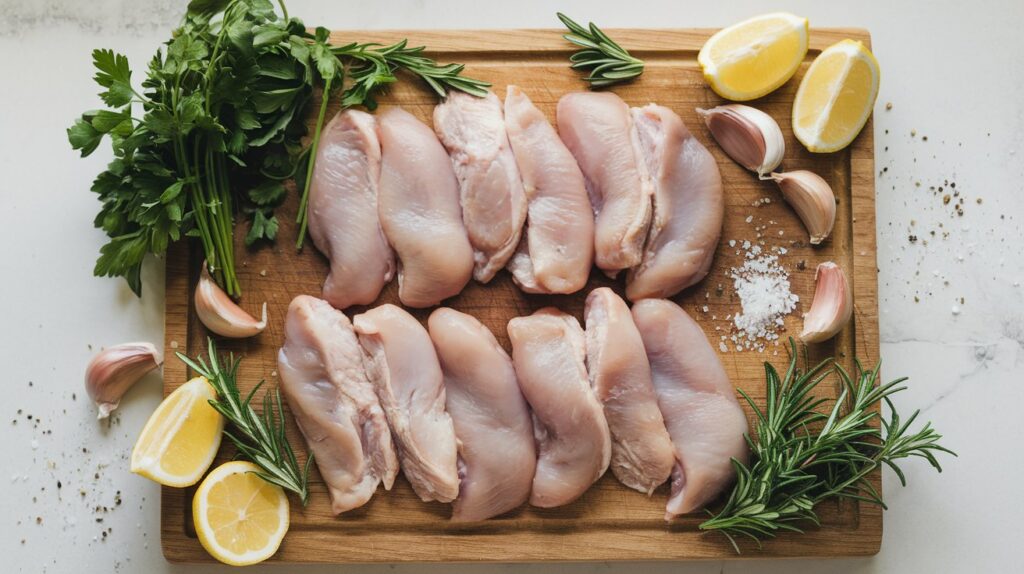
Baking Raw Chicken Tenders
Baking is a convenient and healthy way to cook chicken tenders.
- Preparation: Preheat the oven to 400°F (200°C). Line a baking sheet with parchment paper.
- Seasoning: Coat tenders with oil, breadcrumbs, or spices for flavor and texture.
- Baking Time: Arrange tenders on the sheet and bake for 15-20 minutes, flipping halfway through.
- Doneness: Use a thermometer to confirm the internal temperature is 165°F (74°C).
Frying: How to Achieve Perfect Crispness
Frying yields golden, crispy chicken tenders, perfect for indulgent meals.
- Breading: Dip tenders in flour, egg wash, and breadcrumbs or panko for a crunchy coating.
- Oil Heating: Heat oil in a skillet to 350°F (175°C). Use enough oil to submerge the tenders partially.
- Frying: Cook tenders in batches for 3-4 minutes per side until golden brown. Avoid overcrowding.
- Draining: Place fried tenders on paper towels to absorb excess oil.
Healthy Alternatives for Cooking Chicken Tenders
- Air Frying: Use an air fryer for crispy tenders with minimal oil. Cook at 400°F (200°C) for 10-12 minutes, shaking the basket halfway.
- Steaming: For a light, moist result, steam tenders for 10-12 minutes until fully cooked.
- Sautéing: Cook tenders in a non-stick skillet with a small amount of olive oil for a quick, healthier option.
Seasoning Ideas for Chicken Tenders
Classic Seasoning Blends
- Herbs and Spices: Use a mix of salt, pepper, garlic powder, and paprika for a simple, flavorful base.
- Italian Blend: Combine oregano, basil, thyme, and rosemary for a Mediterranean touch.
- Cajun Spice: Add cayenne, paprika, garlic powder, and onion powder for a spicy kick.
Creative Marinades to Enhance Flavor
- Lemon Garlic Marinade: Mix lemon juice, olive oil, minced garlic, and parsley for a fresh, tangy flavor.
- Soy Ginger Marinade: Combine soy sauce, fresh ginger, sesame oil, and a touch of honey for an Asian-inspired twist.
- Buttermilk Marinade: Soak tenders in buttermilk with a pinch of cayenne and paprika to tenderize and add subtle spice.
Tips for Balancing Flavors
- Sweet and Spicy: Pair honey or maple syrup with chili powder for a sweet heat.
- Salty and Tangy: Combine soy sauce or Worcestershire with a splash of vinegar for depth.
- Herbs and Citrus: Add fresh herbs like cilantro or dill with lime or lemon juice for a bright finish.
Experimenting with these methods and seasoning ideas ensures your chicken tenders are always flavorful and satisfying.
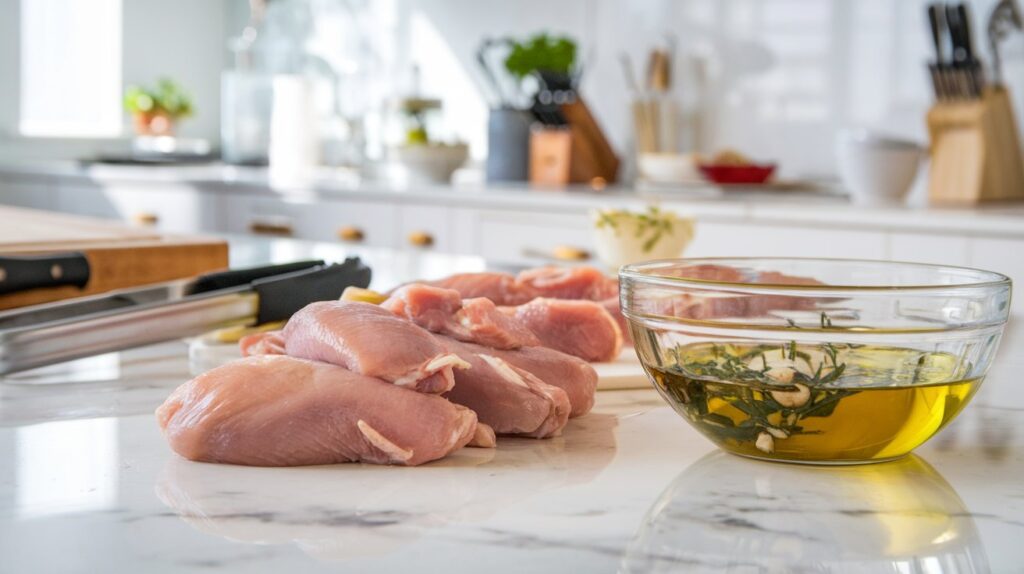
Recipes Featuring Chicken Tenders
Easy Weeknight Dinner Recipes
- Sheet Pan Chicken Tenders with Vegetables
- Toss chicken tenders and chopped vegetables (e.g., zucchini, bell peppers, carrots) with olive oil and your favorite seasoning blend.
- Spread evenly on a baking sheet and roast at 400°F (200°C) for 20-25 minutes.
- Stir-Fried Chicken Tenders
- Slice tenders into bite-sized pieces and stir-fry with garlic, ginger, soy sauce, and mixed vegetables. Serve over rice or noodles.
- Chicken Tender Tacos
- Cook tenders with taco seasoning, then serve in tortillas with lettuce, salsa, and a dollop of sour cream or guacamole.
Kid-Friendly Chicken Tender Dishes
- Baked Chicken Nuggets
- Cut tenders into smaller pieces, coat with breadcrumbs or panko, and bake at 375°F (190°C) for 15 minutes. Serve with ketchup or ranch dressing.
- Chicken Tender Sliders
- Pan-fry or bake tenders, then place them on mini buns with cheese, lettuce, and a dollop of honey mustard.
- Chicken Tender Pizza
- Use cooked tenders as a topping for a quick homemade pizza with marinara sauce and mozzarella cheese.
Gourmet Recipes for Special Occasions
- Chicken Tender Piccata
- Sauté tenders in butter, then simmer in a sauce of white wine, lemon juice, and capers. Serve over angel hair pasta.
- Stuffed Chicken Tenders
- Butterfly tenders and stuff with a mixture of cream cheese, spinach, and sun-dried tomatoes. Secure with toothpicks, then bake at 375°F (190°C) for 20 minutes.
- Coconut-Crusted Chicken Tenders with Mango Salsa
- Coat tenders in a mix of shredded coconut and breadcrumbs, then bake or fry until golden. Serve with fresh mango salsa for a tropical flair.
Nutritional Information and Health Benefits
Macronutrient Breakdown of Chicken Tenders
Per 100 grams of raw chicken tenders:
- Calories: 110-120 kcal
- Protein: 23-25 grams (a complete protein containing all essential amino acids)
- Fat: 1-2 grams (mostly unsaturated fats)
- Carbohydrates: 0 grams
- Sodium: Low, but varies with added seasonings or marinades.
Health Benefits of Including Chicken Tenders in Your Diet
- Lean Protein Source: Chicken tenders are low in fat but rich in high-quality protein, supporting muscle growth and repair.
- Rich in Nutrients: Contains essential vitamins like B6 (supports metabolism) and niacin (boosts energy production), along with minerals like phosphorus and selenium.
- Weight Management: The high protein content promotes satiety, making chicken tenders a great choice for weight control.
- Heart Health: When cooked with minimal fat, chicken tenders can be a heart-healthy protein option.
Comparing Chicken Tenders with Other Protein Sources
- Chicken Tenders vs. Beef
- Chicken: Lower in fat and calories; easier to digest.
- Beef: Higher in iron and zinc but often higher in saturated fats.
- Chicken Tenders vs. Fish
- Chicken: Milder taste and more versatile.
- Fish: Richer in omega-3 fatty acids, offering cardiovascular benefits.
- Chicken Tenders vs. Plant-Based Proteins
- Chicken: Complete protein with all essential amino acids.
- Plant-Based: Lower in saturated fat but may require combining sources (e.g., beans and rice) to achieve complete protein.
Including chicken tenders in your diet provides a healthy, versatile, and nutrient-rich option that can cater to a variety of culinary preferences and dietary needs.
Conclusion
Recap of Key Points About Raw Chicken Tenders
Raw chicken tenders are a versatile and nutritious protein option, perfect for a wide variety of dishes. They are distinguished by their tenderness, mild flavor, and quick cooking time, making them ideal for both busy weeknight meals and gourmet occasions. Proper storage, preparation, and cooking methods are essential to maintaining their quality and safety.
Encouragement to Try Versatile Recipes
From simple baked tenders to gourmet creations like stuffed or coconut-crusted tenders, there are endless ways to enjoy chicken tenders. Experiment with different cooking methods, seasonings, and recipes to discover new favorites that suit your tastes and dietary needs.
Final Safety Reminders When Handling Raw Chicken
Always follow best practices for handling raw chicken, including proper storage, avoiding cross-contamination, and cooking to an internal temperature of 165°F (74°C). These steps are crucial to ensure a safe and delicious dining experience.
FAQs
Can I Use Frozen Chicken Tenders for These Recipes?
Yes, frozen chicken tenders work well for most recipes. Just ensure they are fully thawed before cooking for even results and to avoid altering the cooking time.
What Are the Best Ways to Defrost Chicken Tenders?
- Refrigerator: Place frozen chicken tenders in the fridge overnight for slow, safe thawing.
- Cold Water: Submerge tenders in a sealed bag in cold water, changing the water every 30 minutes.
- Microwave: Use the defrost setting on your microwave, but cook immediately afterward to prevent bacterial growth.
Are Chicken Tenders Better Than Chicken Nuggets?
It depends on your preference and dietary goals:
- Chicken Tenders: Made from whole, unprocessed meat, they are leaner and healthier.
- Chicken Nuggets: Often made from processed meat and can contain fillers, making them less nutritious.
How Do I Keep Cooked Chicken Tenders Moist?
- Avoid overcooking by monitoring internal temperature.
- Marinate or brine chicken before cooking to retain moisture.
- Use a light coating, such as breadcrumbs or batter, to seal in juices during cooking.
What Are Some Gluten-Free Coating Options for Fried Chicken Tenders?
- Almond Flour: Adds a nutty flavor and crispy texture.
- Rice Flour: Creates a light, crisp coating.
- Crushed Gluten-Free Cereal: Adds a crunchy exterior.
- Cornmeal: Provides a slightly coarse and flavorful crust.
- Potato Starch: Excellent for achieving a crispy and golden fried texture.
By following these tips and exploring the variety of recipes and techniques, you can enjoy chicken tenders in new and exciting ways while maintaining safety and quality.
To further enhance your knowledge and explore complementary recipes, consider trying these dishes from Second Recipes:
- For a kid-friendly option, check out the Crispy Chicken Salad, which pairs well with tender bites.
- If you’re experimenting with bold flavors, the Instant Pot Chicken Tacos offer a quick and delicious alternative for using chicken tenders.
- Explore hearty recipes like Dorito Chicken Casserole to discover another creative way to incorporate chicken into your meals.
These links will inspire you to experiment with different ways to make the most out of chicken tenders!

